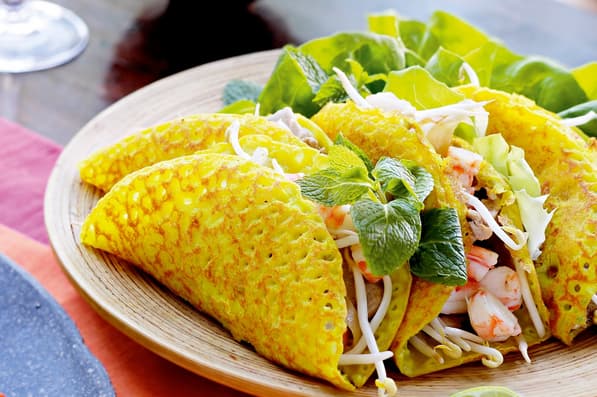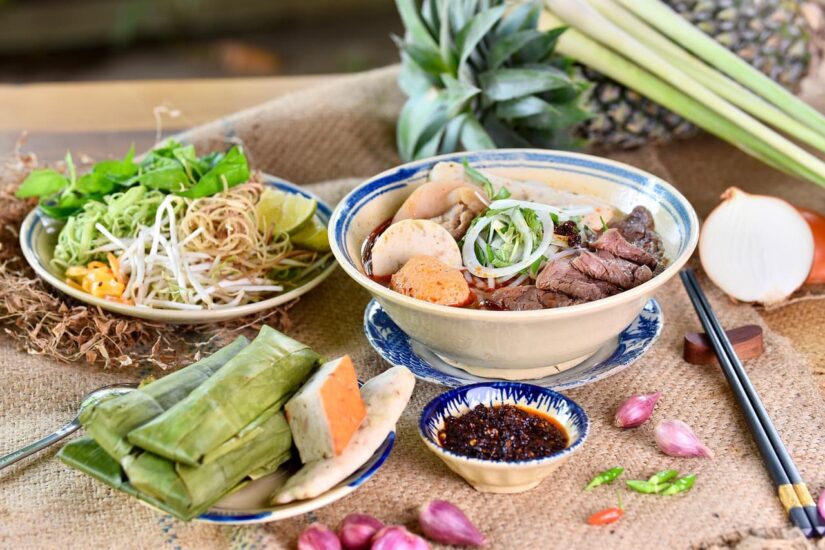Exploring the Rich Culinary Traditions of New Zealand
New Zealand is not only green hills, glacial lakes and landscapes that inspired the creators of The Lord of the Rings, but also a real gastronomic gem of the southern hemisphere. The cuisine of this country is amazingly diverse and reflects the history of the people, where Maori traditions are harmoniously intertwined with the British colonial heritage, and the modern world has brought its own culinary trends. Here, sustainability, seasonality and simplicity are valued, allowing each ingredient to come to its full potential. Interestingly, this country is also known for its unusual services and platforms, such as CasinosFueraDeEspana, where you can find original solutions for entertainment outside of Spain.
If you love discovering new flavors, the cuisine of New Zealand will be a real adventure. Let’s go on a gastronomic journey through this amazing country together.
Maori roots: hangi and gifts of nature
New Zealand’s indigenous Maori people have for centuries created a unique culinary tradition based on a deep respect for the land and its gifts. One of the most recognizable cooking methods is hangi, a method that is still used today at cultural festivals and food shows.
Hangi is an underground oven: food is wrapped in leaves and placed in pits with hot stones, then covered with earth. This method allows the meat, fish and vegetables to soak up the smoke and retain their juiciness. The result is a flavor that is difficult to replicate in modern conditions.
Māori also made extensive use of local plants and seafood. Root vegetables, edible leaves, berries, shellfish and fish were the mainstays of their diet. To this day, tourists can still taste dishes prepared according to ancient recipes, for example in Maori villages or on gastronomic tours of the North Island.
European influence and the emergence of iconic dishes
With the arrival of European settlers, especially the British, in the nineteenth century, New Zealand’s culinary scene changed significantly. The colonists brought their habits and dishes, which soon became an integral part of the New Zealand diet.
- Shepherd’s Pie – tender minced meat covered in mashed potatoes and baked until golden. This hearty dish was perfect for cold evenings and quickly became a family favorite among New Zealanders.
- Sunday Roast is a traditional Sunday roast with meat (usually beef or lamb), vegetables and a flavorful gravy. In New Zealand, this tradition has been given a special twist with localized ingredients such as sweet yams and green beans.
- Fish & Chips is an iconic dish especially enjoyed on the coast, sitting on the warm sand overlooking the ocean. New Zealand fishermen always provide restaurants with fresh catches, which makes this dish especially tasty and popular with tourists.
It is also thanks to the British that dessert teas, fruit pies and custards have taken root in the country.
Lamb, seafood and a wealth of fruits
New Zealand is famous for its farmland and endless pastures, making its meat some of the best in the world. New Zealand lamb is not just a product, but a symbol of quality and pride. It is served in fine restaurants as well as on home barbecues. Popular preparation options include:
- Baking with garlic and rosemary.
- Charcoal grilling with local spices.
- Stewing in red wine with seasonal vegetables.
The ocean waters provide the country with an incredible range of seafood: green mussels, hoki, snapper and crayfish. Thanks to the freshness of the catch, fish and shellfish dishes are especially tender and flavorful.
New Zealand fruits are no less interesting. In addition to the familiar kiwi, here you can try:
- Feijoa – a fruit with a bright, sour-sweet flavor.
- Tamarillo – a “tree tomato” that is added to sauces and desserts.
- Boysenberry – berries with a rich flavor for jams and pies.

Desserts and wines: the country’s calling card
Lovers of sweets should get acquainted with pavlova, a legendary dessert made of airy meringue covered with fresh fruit and whipped cream. Although Australia and New Zealand are still arguing about its origin, here pavlova is considered a national symbol.
Another sweet hit is Hokey Pokey Ice Cream. This is vanilla ice cream with pieces of crunchy caramel, which is adored by both children and adults.
New Zealand’s wine industry deserves special attention. The country’s cool climate and fertile soils have made it famous:
- Sauvignon blanc from the Marlborough region is a wine with bright notes of gooseberry and citrus. This variety is considered the country’s calling card and annually wins prestigious international awards.
- Pinot Noir from Central Otago is an exquisite red wine with a fruity bouquet and soft tannins. The Central Otago region is known as the southernmost wine region in the world, which gives the wine its unique characteristics.
These wines pair perfectly with seafood and light appetizers, making tastings particularly enjoyable.
Why you should try New Zealand cuisine
New Zealand gastronomy is a whole world that will surprise even the seasoned traveler. It unites:
Ancient Māori traditions that preserve the spirit of the land. Dishes like hangi and the use of natural ingredients reflect the people’s deep connection to nature and ancestral culture.
- British classics in a new reading. Traditional colonial dishes are here enriched with local products and original culinary techniques, giving them a New Zealand flavor.
- The freshest seafood and organic meat. Thanks to the unique ecosystem of the islands, the quality of fish, mussels and lamb here is considered one of the best in the world and is appreciated by gourmets.
- A wealth of fruits and berries unique to the region. New Zealand kiwi, tamarillo and boysenberry are used both in traditional desserts and in modern author’s dishes.
- World-class wine industry. New Zealand’s sauvignon blanc and pinot noir are annually ranked among the best wines in international competitions.
Attending gastronomic festivals such as Wellington on a Plate or the Marlborough Wine & Food Festival will allow you to fully experience the flavors and aromas of this country. These events also give you the chance to interact with local chefs and winemakers, discovering the secrets of their skills.
